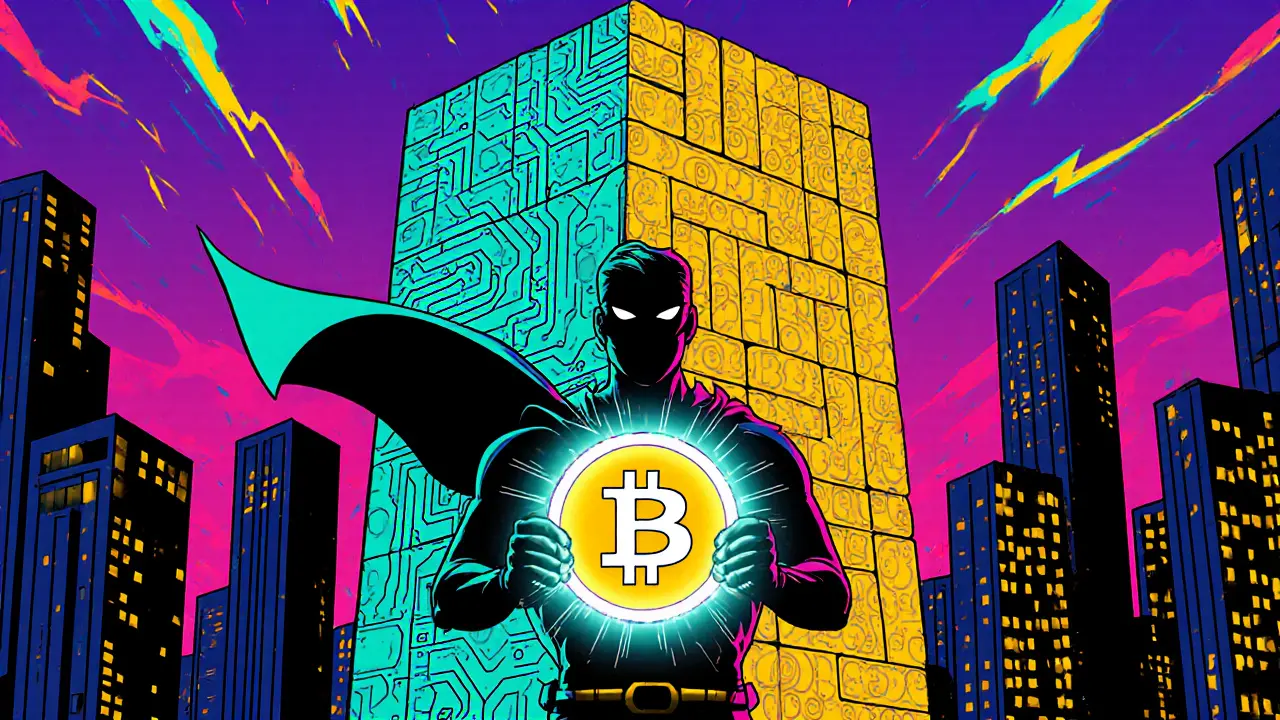Bitcoin Smart Contracts Explained
When working with Bitcoin smart contracts, programmable agreements that run on the Bitcoin network using its native scripting language. Also known as Bitcoin Script contracts, it lets users lock, release or automate value without relying on a trusted middle‑person. Unlike the Turing‑complete contracts you see on Ethereum, these contracts keep a tight focus on security and predictability. They are built with smart contracts, self‑executing code that enforces the terms of an agreement and run directly on the Bitcoin, the first decentralized digital currency ledger. The underlying blockchain, a distributed, tamper‑proof record of all transactions guarantees that once a contract is broadcast, it cannot be altered.
So why do developers care about Bitcoin smart contracts? First, they inherit Bitcoin’s massive network effect – billions of dollars in hash power protect every transaction. Second, the scripting language, although limited, supports multi‑signature, time‑locked, and hash‑locked conditions that enable atomic swaps, escrow services, and payment channels. Third, the rise of the Lightning Network has introduced a layer‑2 playground where these contracts can settle instantly and at near‑zero cost. In practice, you’ll see use cases like:
- Cross‑chain swaps that let you trade Bitcoin for another coin without a centralized exchange.
- Time‑locked payouts for freelance work, where funds are released only after a deadline.
- Decentralized applications (DApps) that build on top of Bitcoin’s security model, such as custodial‑free lending platforms.
Why Bitcoin Smart Contracts Matter Today
The landscape is shifting fast. Regulators are paying attention to code‑based agreements, and developers are pushing the boundaries of what Bitcoin’s Script can express. New upgrades like Taproot and Schnorr signatures expand privacy and efficiency, allowing more complex conditions while keeping on‑chain data minimal. This means you can build contracts that look like simple transactions on the surface but hide sophisticated logic underneath – a boon for privacy‑focused users.
Our collection below covers everything you need to navigate this space. You’ll find deep dives into mining difficulty, how it keeps block times stable – a foundation for reliable contract execution. There are guides on securing payments, comparing exchanges, and even regional considerations like VPN use in restrictive countries. Whether you’re a developer wanting to write your first Bitcoin Script, an investor looking for contract‑based products, or just curious about the future of programmable money, the articles ahead give you practical steps, real‑world examples, and safety tips.
Ready to explore? Scroll down to see the full list of posts that break down the tech, the risks, and the opportunities around Bitcoin smart contracts.

Bitcoin Virtual Machine (BitVM): How It Works and Why It’s Not a Crypto Coin
Discover what Bitcoin Virtual Machine (BitVM) really is, how its prover‑verifier system works, and why it's not a new crypto coin but a layer‑2 framework for smart contracts on Bitcoin.
March 12 2025